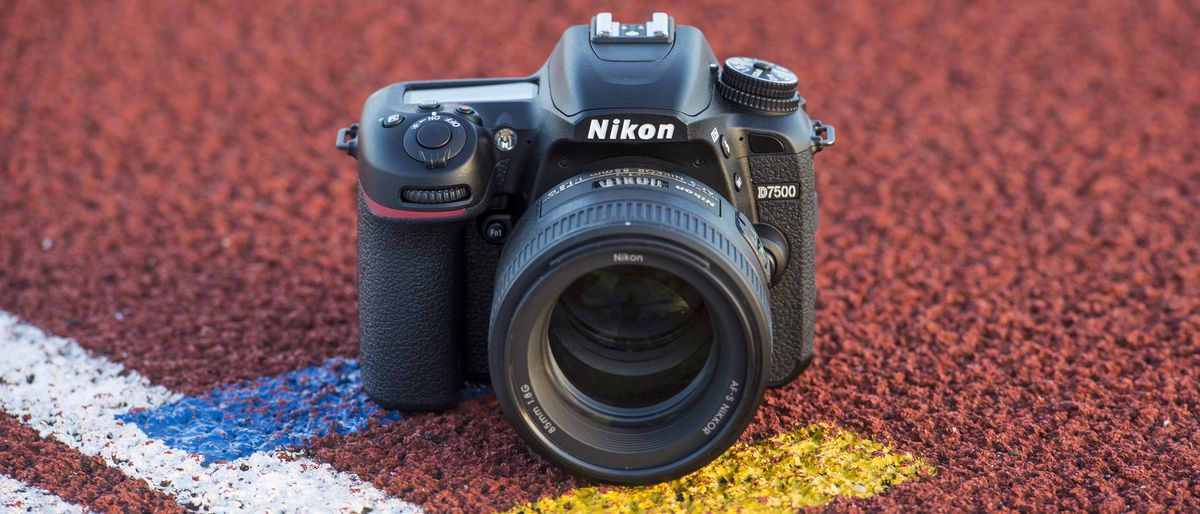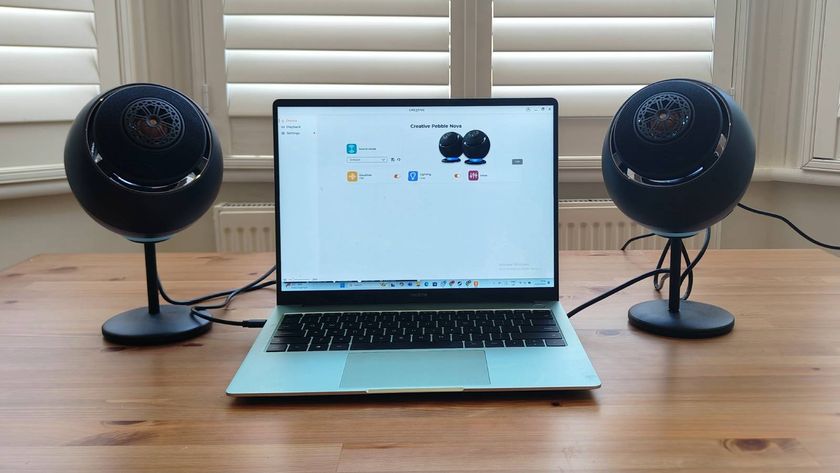TechRadar Verdict
Despite its age, the D7500 remains a strong all-round performer, particularly for its ever-decreasing price. Its pairing of an impressive 20.9MP sensor with the same image processing engine found in the D500 remains a cracking combination, while specs like 8fps burst shooting and 4K video keep it up to speed with many of today's newer models. Its autofocus isn't quite as advanced these days, but you'll struggle to find a better DSLR for the money.
Pros
- +
Brilliant sensor
- +
Excellent high-ISO performance
- +
Advanced AF system
- +
8fps burst shooting
- +
Tilt-angle screen
Cons
- -
Low rear screen resolution
- -
Only one SD card slot
- -
Live View focusing still slow
Why you can trust TechRadar
Editor's Note
• Original review date: November 2019
• Launch price: $1,249 / £1,299.99
• Official price now: around $699 / £649
Update: November 2024. Launched way back in 2017, the Nikon D7500 is by no means a cutting-edge camera. That said, if you prefer the handling of a DSLR and want an enthusiast-grade stills camera with solid specs, the D7500 represents fantastic value in 2024. In fact, we rate it as the top-value all-rounder in our list of the best DSLR cameras. Its excellent 20.9MP sensor and powerful 51-point AF system still stack up well today, even if its single SD card slot and slow Live View focusing show its age. We also rate its battery life and sturdy build quality. The D7500 is often on sale and we think you’ll still be hard-pushed to find a better DSLR camera for the money.

If you still prefer DSLRs to mirrorless cameras, there are some real bargains to be found among higher-end APS-C models from a few years ago – and the Nikon D7500 is a great example.
When it launched in April 2017, the D7500 was premium, enthusiast-level DSLR that borrowed a lot from what was then Nikon's flagship DX-format camera, the Nikon D500. It sat below the latter and above the D7200, which has now been discontinued.
So what does it still bring to the table? Well, the D7500 remains a fine choice for shooting sports and action, thanks to its 8fps burst shooting and generous buffer. Impressively for an enthusiast-level DSLR of its time, it also shoots 4K video at 30fps. And with weather-sealing and chunky handling, DSLR fans will right at home with the D7500's reassuringly weighty frame.
Of course, there are also excellent mirrorless cameras available for the D7500's new price tag, including the new Nikon Z50. But if it's the handling, battery life and optical viewfinder of a DSLR you're looking for, then the D7500 now offers excellent value for money.








Features
- APS-C CMOS sensor, 20.9MP
- 3.2-inch tilt-angle touchscreen, 922,000 dots
- 4K video capture
One of the biggest shake-ups the Nikon D7500 brought was its change of sensor. While both the D7100 and D7200 sported 24MP chips (as, for that matter, did the entry-level D3400 and D5600), here Nikon opted to use the slightly lower-resolution 20.9MP sensor from the D500, which, as in that camera, is teamed with Nikon's EXPEED 5 image processor.
As on the D500, omitting the low-pass filter has enabled Nikon to eke out that bit more detail from the 20.9MP sensor
As on the D500, omitting the low-pass filter enabled Nikon to eke out that bit more detail from the 20.9MP sensor, and while it may seem quite a sacrifice to lose almost 4MP compared to the D7200's 24.2MP, the minor drop in resolution does have advantages, particularly when it comes to sensitivity.
Compared to the D7200’s ISO range of 100-25,600, the D7500’s 100-51,200 standard offers an extra stop of flexibility, but it’s the expanded range that impresses. There’s a low setting of ISO 50, while the upper ceiling is a staggering ISO 1,640,000. The reality is that these upper sensitivities are likely to be pretty much unusable, but the benefits will be felt further down the sensitivity range, and if the new camera performs like the D500 it should impress in this regard.
While both the D7100 and D7200 sported 3.2-inch displays that sat flush with the camera body, the D7500 has a 3.2-inch tilt-angle touchscreen display with a 922,000-dot resolution (the D500 has a 2,359,000-dot resolution). There’s also an eye-level pentaprism optical viewfinder that offers 100% coverage.


We were pleased to see 4K UHD (3840 x 2160) video capture arrive on the D7500, at 30, 25 and 24p for up to 29 minutes and 59 seconds. As usual there are lower-resolution video modes, and Full HD footage can be shot in 60p for slow-motion playback. In addition, 4K UHD timelapse movies can be created in-camera, and there's electronic Vibration Reduction to reduce the impact of camera shake when shooting movies hand-held.
The D7500 also offers simultaneous 4K UHD output – to card, and uncompressed via HDMI – as well as a headphone and microphone jack for pro-level audio recording and monitoring.
Speaking of cards, the D7500 only features a single SD card slot, not two, as on the D7200, which will no doubt be a disappointment for some potential buyers.
As we’ve seen with the D500, D3400 and D5600, the D7500 sports Nikon's SnapBridge technology, enabling the camera to stay permanently linked to a smart device over a low-power Bluetooth connection (or via Wi-Fi). This means that after the initial connection has been made images can be transferred automatically to your phone whenever you shoot.
Phil Hall is an experienced writer and editor having worked on some of the largest photography magazines in the UK, and now edit the photography channel of TechRadar, the UK's biggest tech website and one of the largest in the world. He has also worked on numerous commercial projects, including working with manufacturers like Nikon and Fujifilm on bespoke printed and online camera guides, as well as writing technique blogs and copy for the John Lewis Technology guide.
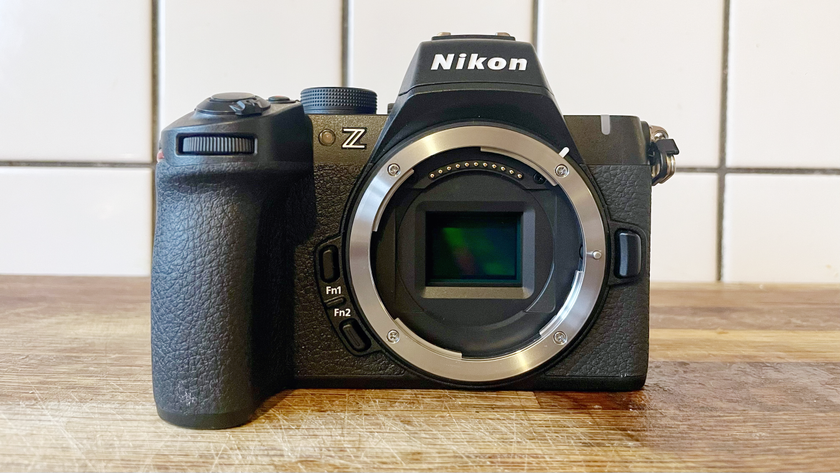
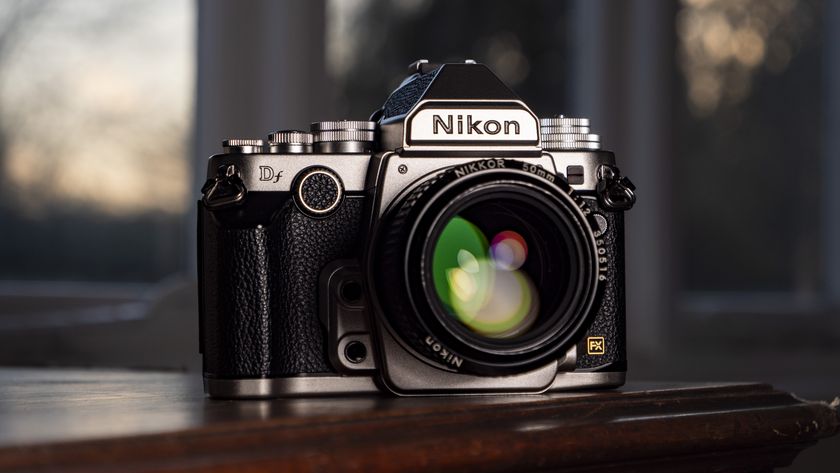
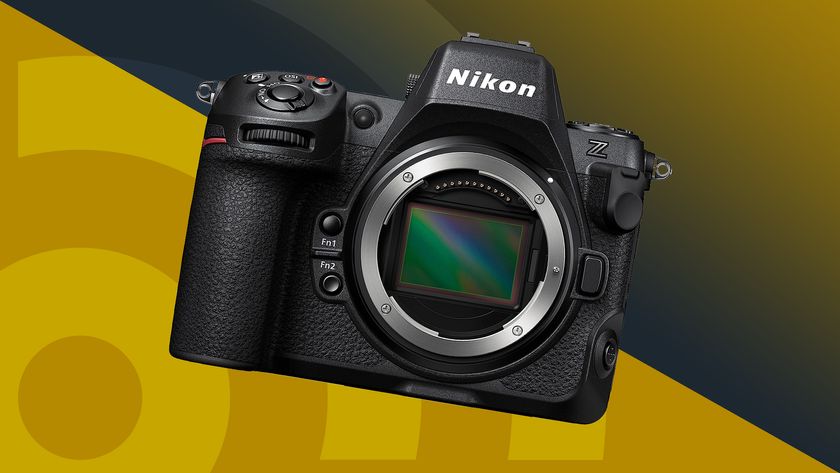
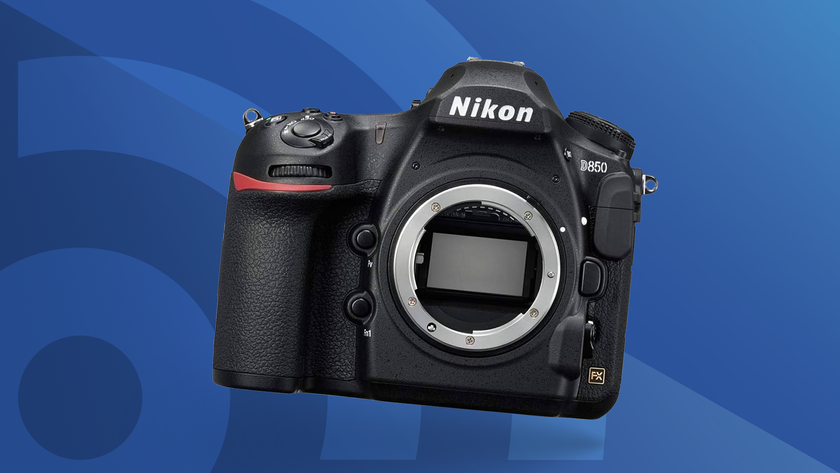
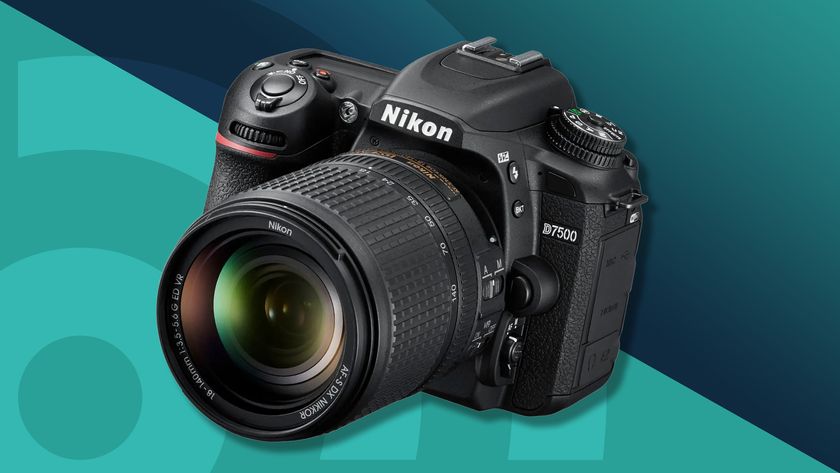
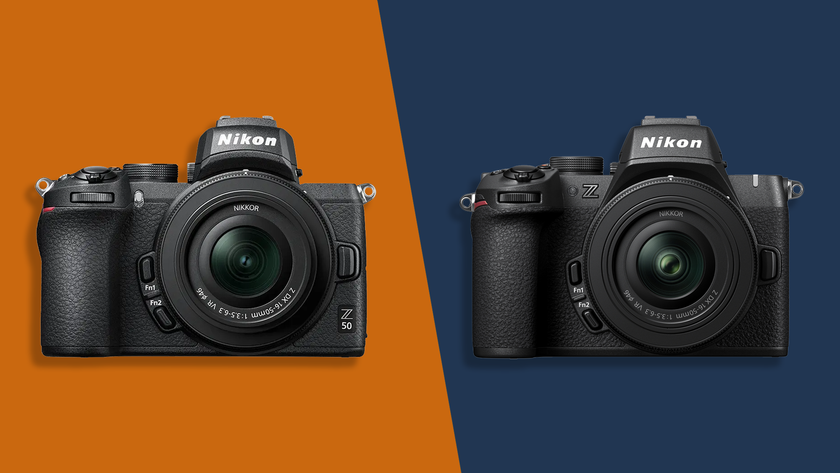
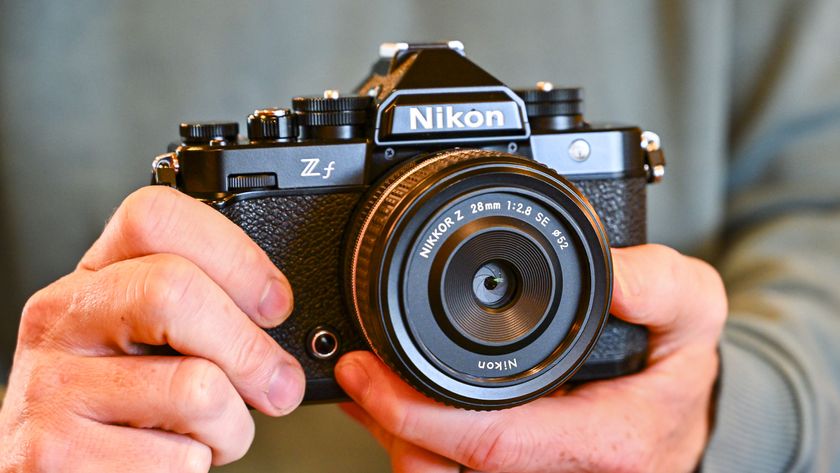
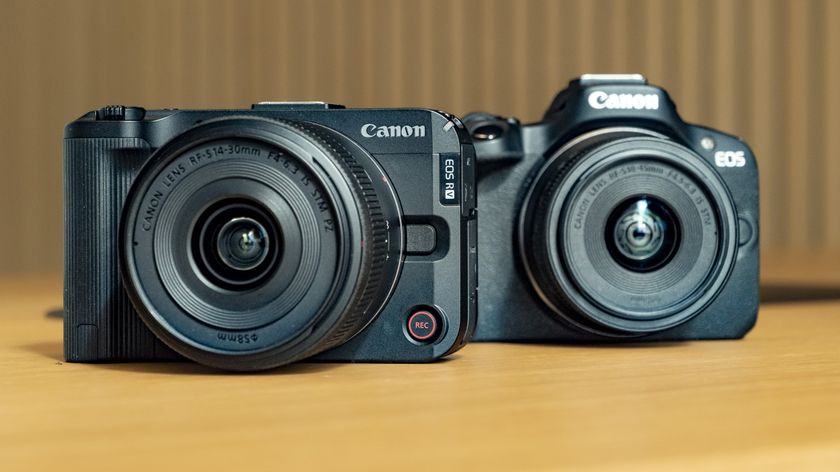
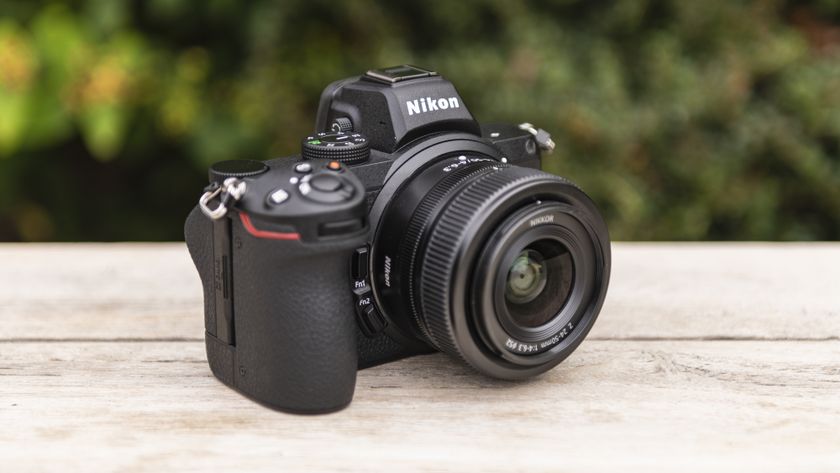
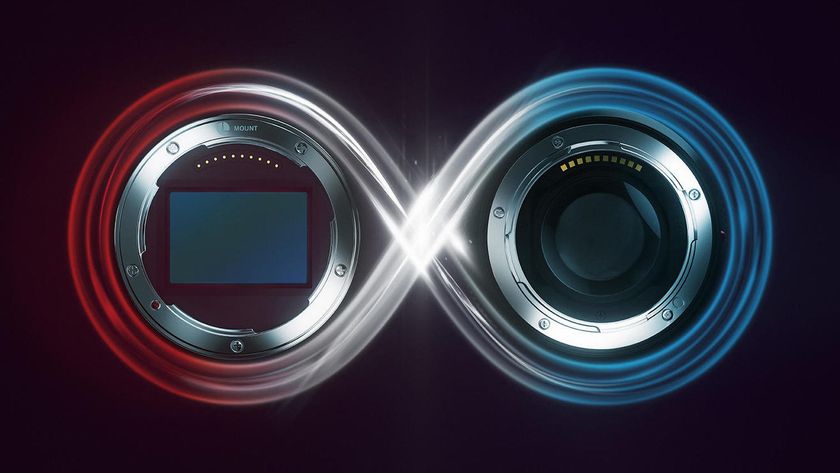
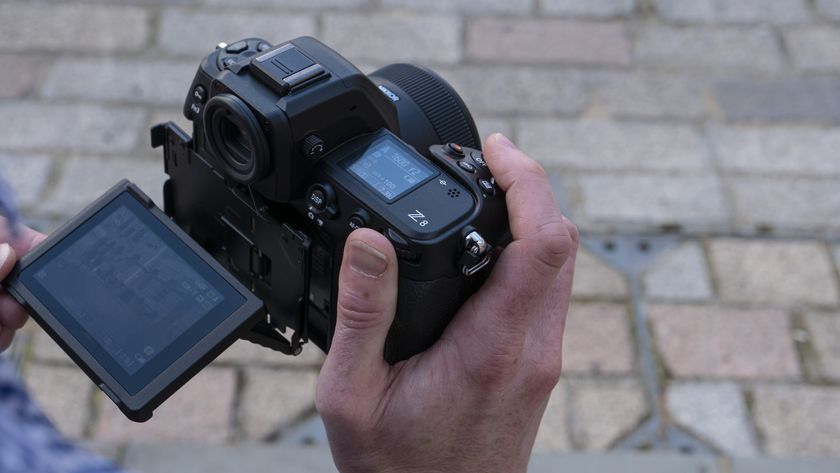
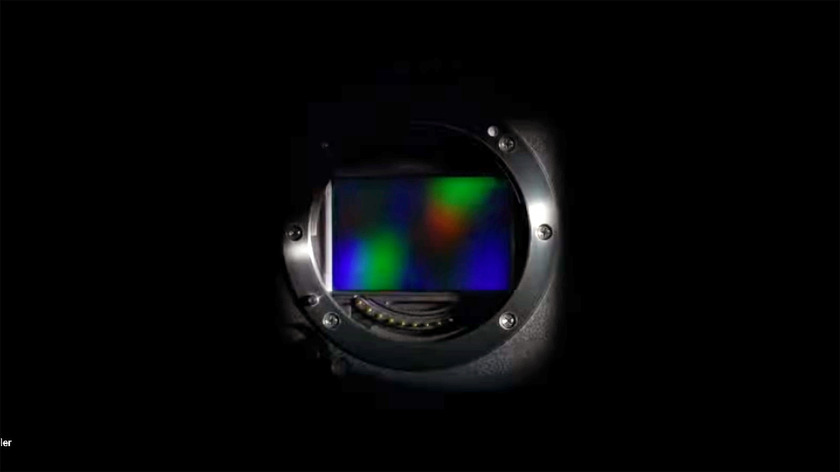

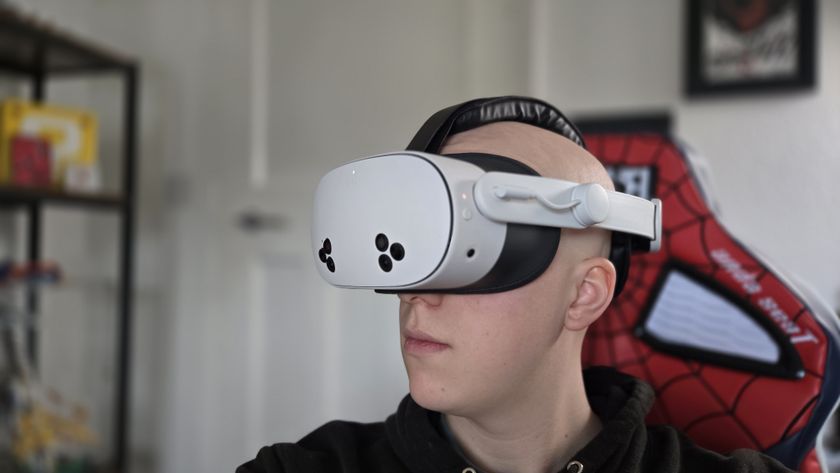
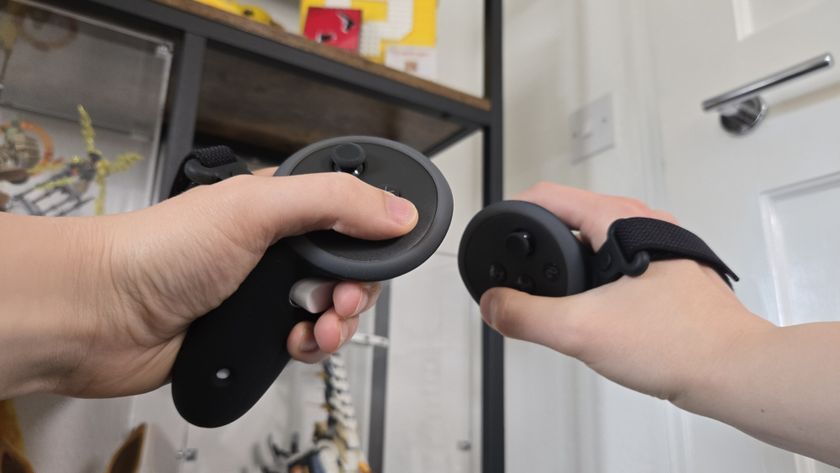
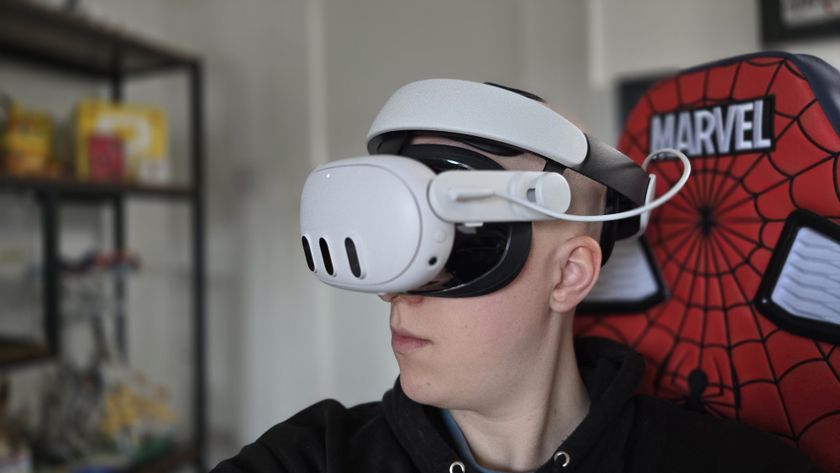
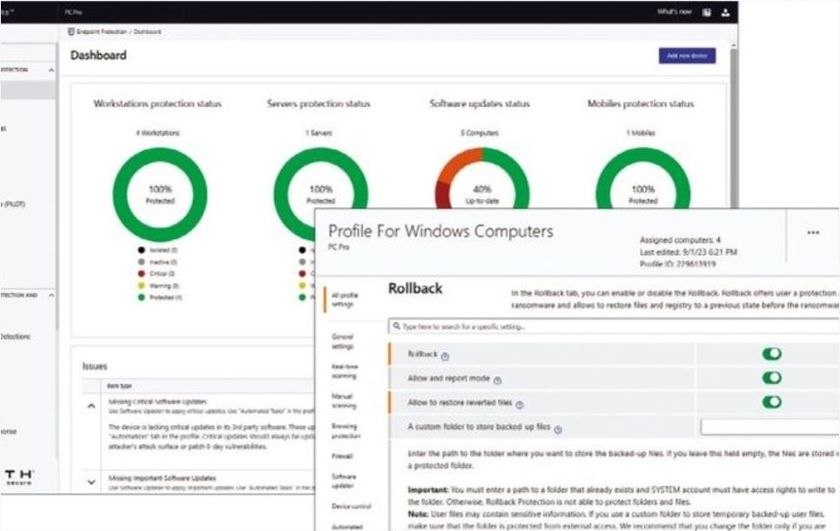
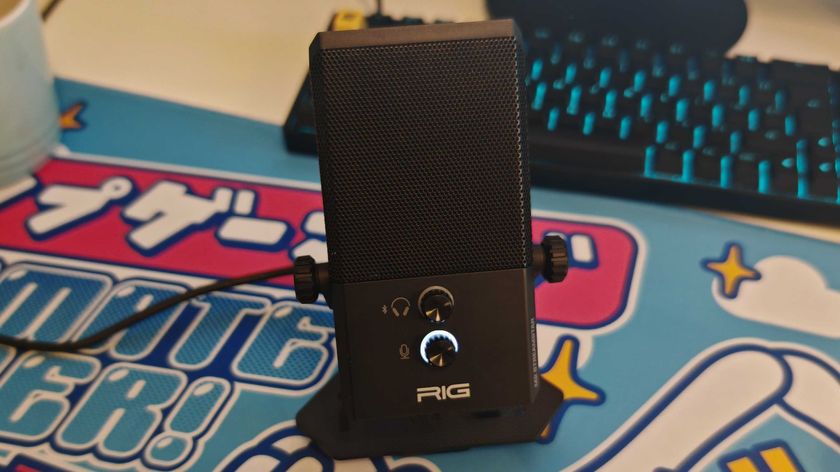

I refuse to jump on ChatGPT’s Studio Ghibli image generator bandwagon because it goes against everything I love about those movies
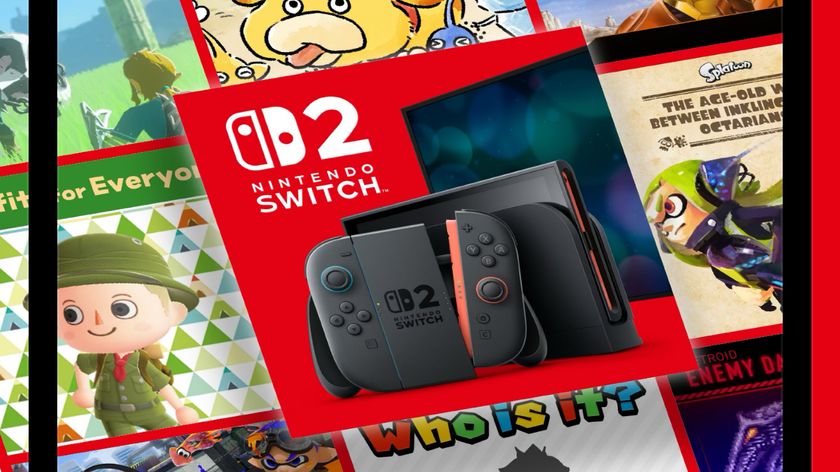
Nintendo's new app gave us another look at the Switch 2, and there's something different with the Joy-Con
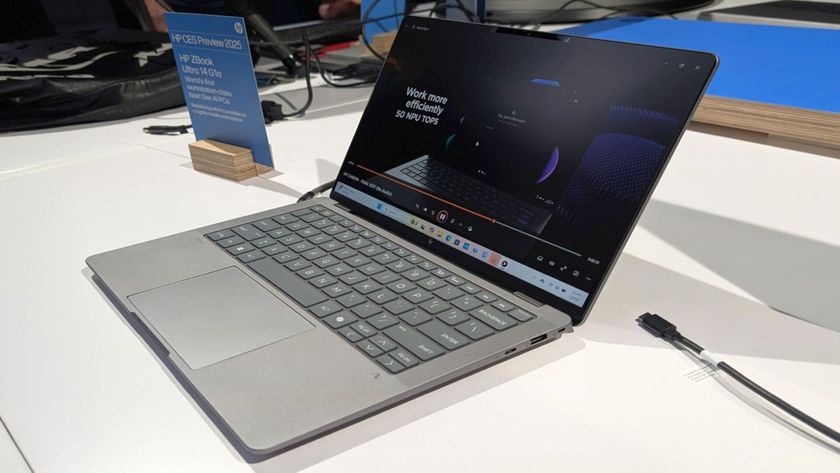
HP's ridiculously fast Ryzen AI Max+ Pro 395 laptop with 128GB RAM goes on sale everywhere in the US, but it won't be cheap
